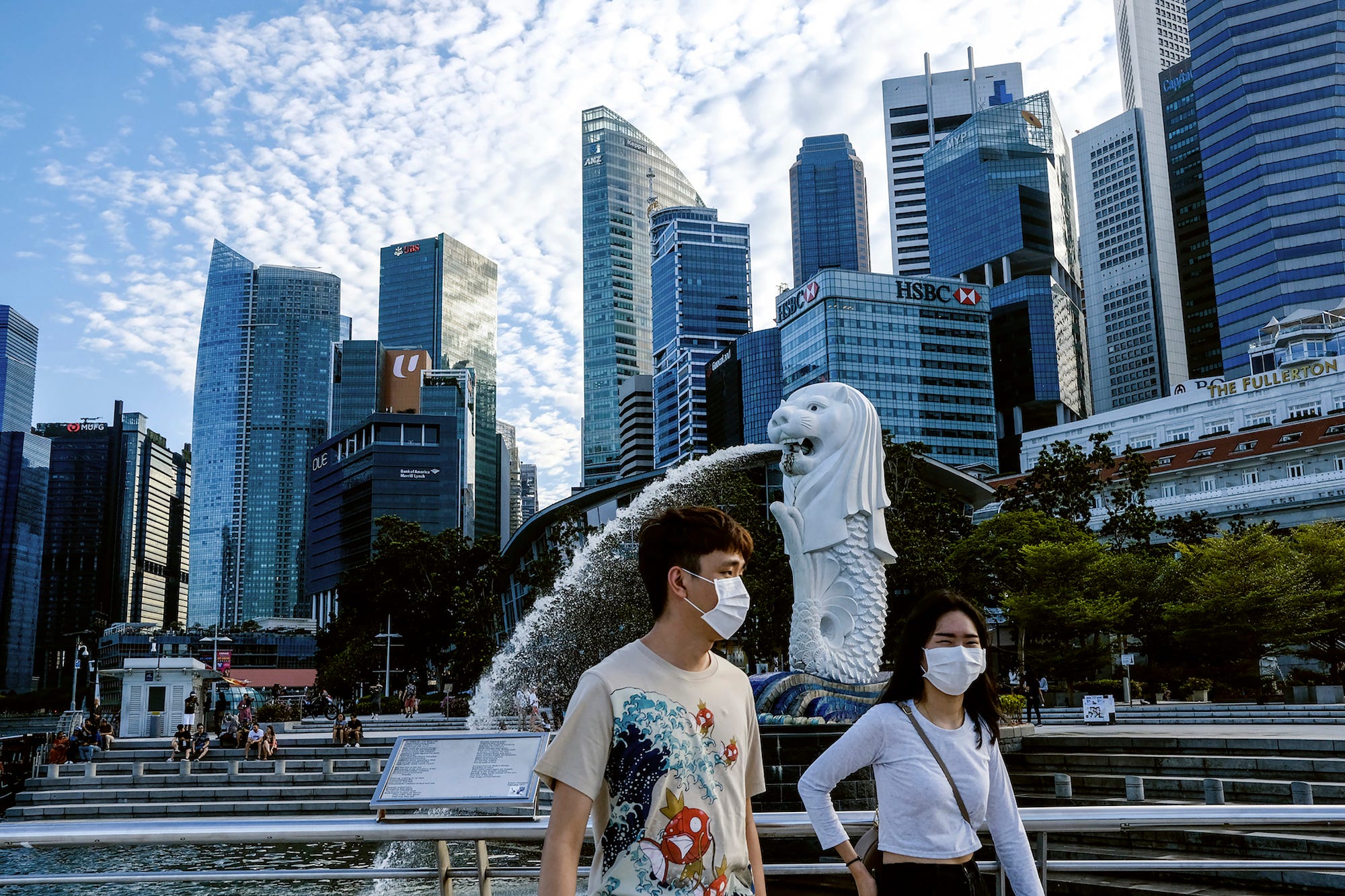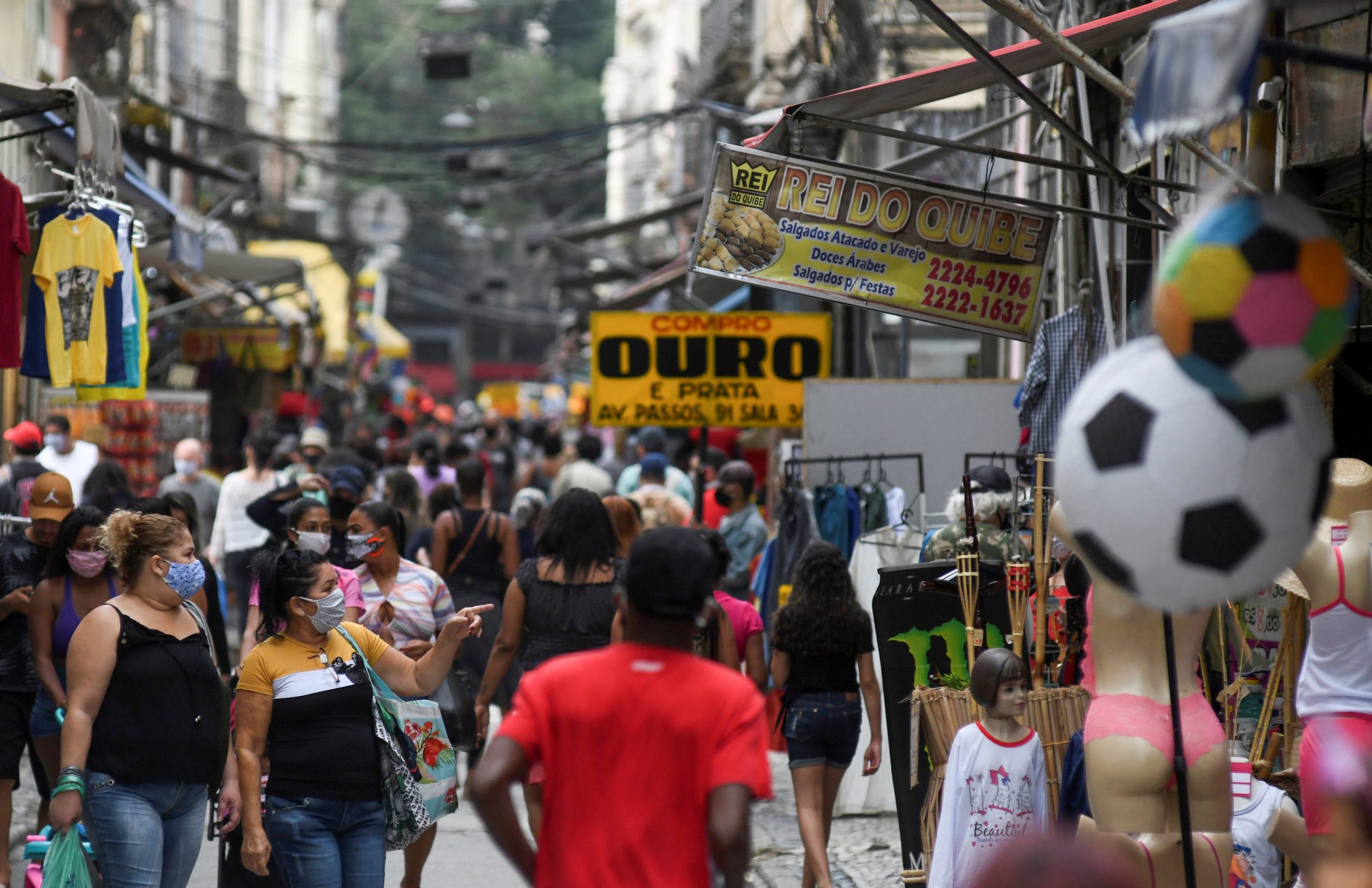
DuKai photographer/Getty Images
- The COVID-19 pandemic has reordered the world’s most expensive cities list, putting Hong Kong, Zurich, and Paris in the top three spots.
- Singapore and Osaka, which were joint first in 2019, have slid down the rankings to fourth and fifth place respectively, according to the Worldwide Cost of Living (WCOL).
- Upasana Dutt, the head of the WCOL report, told Business Insider that this year has been “unusual” as COVID-19 has “impacted spending habits all over the world.”
- Cities in the Americas, Africa and eastern Europe have become less expensive since 2019, whilst western European cities have become pricier, the report said.
- Visit Business Insider’s homepage for more stories.
The coronavirus pandemic has revamped the list of world’s most expensive cities, putting Hong Kong, Zurich, and Paris in the top three spots.
The Worldwide Cost of Living (WCOL) annual report from the Economist Intelligence Unit (EIU) revealed Wednesday that Singapore and Osaka, that were both joint-first in 2019, have tumbled down the rankings to fourth and fifth place respectively.
The WCOL index examined the cost of living in 133 cities worldwide since the start of the year, amid the coronavirus pandemic.
Zurich and Paris jumped up four places, overtaking Singapore and Osaka, to join Hong Kong at number one.
Here’s the full ranking:
| City | Rank | Rank Movement | WCOL Index |
| Zurich | 1 | 4 | 103 |
| Paris | 1 | 4 | 103 |
| Hong Kong | 1 | 0 | 103 |
| Singapore | 4 | -3 | 102 |
| Tel Aviv | 5 | 2 | 101 |
| Osaka | 5 | -4 | 101 |
| Geneva | 7 | 3 | 100 |
| New York | 7 | -3 | 100 |
| Copenhagen | 9 | 2 | 96 |
| Los Angeles | 9 | -1 | 96 |
The reasons behind the shifts in prices
Upasana Dutt, the head of Worldwide Cost of Living, told Business Insider that 2020 has clearly been “more unusual” than previous years.
"The coronavirus pandemic has impacted spending habits all over the world, with the prices of essential goods proving more resilient than those deemed non-essential," Dutt said.
The WCOL report said prices in Singapore dropped because of so many foreign workers leaving the city amid the coronavirus pandemic, triggering low demand and deflation.
"In the past few years Singapore had maintained its position at the top of the table. That has, of course, changed this year," Dutt said.

Ee Ming Toh/AP
Osaka also experienced similar trends as the Japanese government subsidized costs of amenities such as public transport, and consumer prices stagnated, the report said.
The largest price gains in US dollars were in Iran's capital Tehran, which climbed nearly 30 places, from 106th place to 79th position. According to the report, this is down to US sanctions stopping some imports, impacting the supply of goods.
Brazilian cities and São Paolo saw the biggest price drops, which reflects the rising poverty levels and weak currencies, the report showed. They sit equal at 119th place on the index.

Reuters
Cities across the Americas, Africa, and eastern Europe have become cheaper since 2019, while western European cities have become pricier. Four out of the ten most expensive cities on the index are located in Western Europe, with both Paris and Zurich taking joint first place.
"Zurich has additionally seen some trends around higher rentals," said Dutt. Even routine medical check-ups have risen in dollar terms in Paris and Zurich, she added.
The report said this partly demonstrates the strength in European currencies against the US dollar.
Currencies were at their weakest in the Americas and strongest in Western Europe by September 2020, according to the report.

t: Alexander Spatari/Getty Images
As well as local currency exchange-rate movement against the dollar causing many of the changes, the report indicated that a drop in disposable income and lifestyle changes, such as essential shopping, were also key players.
In addition, the report claims government responses to the coronavirus altered the price changes. Certain governments raised taxes to offset revenue shortfalls. Others, such as Argentina, introduced price controls on products due to the high demand from panic buying.
When asked whether the list will revert back to normal after the pandemic, Dutt said it depends on multiple aspects, including how the supply chain issues are sorted. "Prices depend a lot on inflation and exchange rates, which rely to a large extent on central bank policies," she added.
